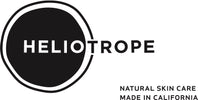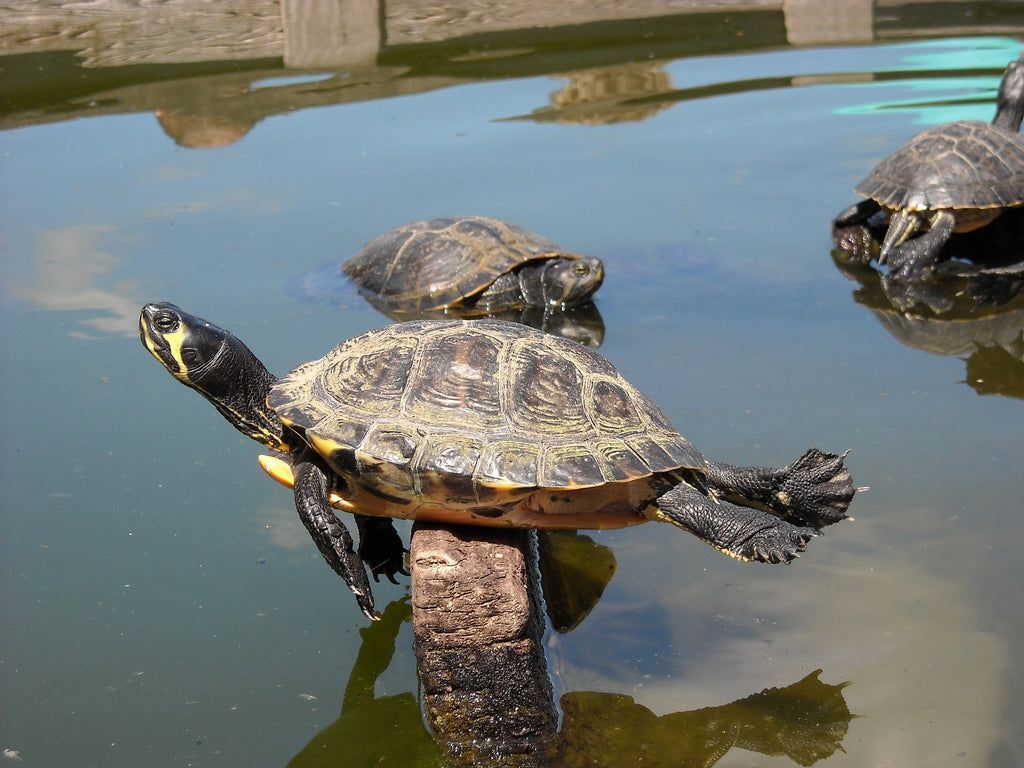With the dog days of summer fast approaching, temperatures will rise to sultry levels and many of us will be out in the sun for extended stretches of time.
I’m a fair skinned person, and I’ve had my share of sunburns. I’ve done research about sun exposure and protection and have found that there needs to be a combination of exposure to the sun and strong protection. Our bodies do need exposure to the sun - the sun helps us to regulate our circadian rhythm and is essential for the production of vitamin D. Many skin and health conditions, such as eczema and psoriasis respond positively to the sun. Every creature on earth needs the sun to survive, As with most things, going to extremes - oiling up and baking under the afternoon sun or avoiding any and all sun exposure - is likely not good for any of us. The keys to healthy sun exposure are moderation and timing.

Most of the time sun damage is invisible, with sunburns being the obvious exception. Keep reading below the post for some more tips about sun exposure.
Most sunburns can be successfully treated at home. However, if you have blisters on more than 20% of your body or if you are experiencing flu like symptoms, these warning signs indicate that you should consult a doctor.
Sun exposure can be very dehydrating, both to the skin and to your system so be sure to drink plenty of water when you're out playing in the sun! Remember to apply sunscreen every few hours or more often if you are sweating or in and out of the water.

There are a few phases to caring for your skin after a sunburn - when you notice that you're starting to burn, cooling down the burn, and promoting the skin's ability to heal.
When you catch yourself starting to burn, if you are able, it's best if you can leave the sun and get indoors or into some shade. If you can't, borrow a hat or cover-up.
When you return home and find that you've been burned, ice compresses can ease some of the pain and help the skin cool down. Your first priority is to cool down the skin and stop the burn from progressing. One successful remedy is to take a cool bath. Taking a shower isn't as effective as the pressure of the water pulsing down on the burn can be painful.

Add some of our Sea Salt Foaming Mineral Soak to your lukewarm bath water. One key ingredient in the mineral soak Sodium Bicarbonate - baking soda - has a cooling affect on the skin. It is alkaline, which will help restore the ph balance to the skin while it helps to naturally cool the skin. A paste of baking soda and water can be applied directly to badly sunburned skin. The combination of Epsom salt and baking soda present in the Mineral Soak is also mentioned in many home remedies to help cool the sunburn. It's a good idea to continue taking these cool baths for a few days as your burn heals.

While you prepare the bath, put a serum or some lotion in the freezer so that it is extra cool when you emerge from the bath.
It's not a good idea to apply oil to burned skin. Oil doesn't allow the skin to release the heat.
Initially, applying pure Aloe Vera, if you can find it, is very healing. After the aloe vera apply our Cucumber & Botanical Healing Serum, which combines the cooling qualities of cucumber with the healing properties of aloe vera with other healing and hydrating herbal ingredients. The serum will help heal your skin by providing the moisture it needs.

Sunburns pull moisture from the body to the skin, and this can lead to dehydration. Drink more liquids while you are treating the sunburn.
Continue the treatment with a light moisturizer rich in antioxidants and hydrating ingredients. If it feels good, put the moisturizer in the freezer or the fridge while your sunburn heals.
We harness all of the benefits of shea butter including its rich moisturizing, and anti-inflammatory qualities in our Aloe, Shea Butter & Jojoba Body Cream. The cream contains some powerful healing plants. Marshmallow is a soothing ingredient and comfrey leaf has a long history of being used to heal skin ailments, such as burns. Grapeseed oil and vitamin C serve as powerful antioxidants to help reduce the cellular damage caused by the sun exposure.
When your burn has started to heal, the damaged skin may peel. It may be tempting to exfoliate or pull off this damaged skin but you must resist! The skin is too sensitive during this time and scratching or exfoliating can cause scarring. scratching or popping blisters can lead to infections. It's best, but difficult to let the skin fall off naturally as it heals. Moisturizing regularly will help help your skin's appearance and it will also heal the skin. Wait at least another three days after the peeling has stopped before using anything to exfoliate.

Time is the main healer.
Sun exposure
There are two types of rays - UVA and UVB and each has a different effect on the skin. UVB rays are shorter and cause sunburns. UVA rays are longer, and penetrate the skin more deeply. These wavelengths may create reactive oxygen molecules that can damage the cell membranes themselves. Exposure to UVA rays can cause a chain reaction that creates free-radicals. Antioxidants can help to mitigate this damage.
Even in the shade and in cloudy conditions, our skin is exposed to harmful UV rays. The rays bounce off of surfaces like sand, concrete and water and onto our skin. Sun damage can lead to problems such as cancer. The best strategy is prevention, so buy sunscreen and apply it no matter what the weather is like and in every season. Be sure to choose a Sun Screen that protects from UVA and UVB rays.

The sun is at peak strength in the afternoon between the hours of 10am and 4pm. These are also the hottest hours of the day. There’s good reason that many cultures take a rest at this time! It might not be possible to completely avoid being in the sun during these hours and this is when protection comes into play. When the sun is at it’s peak strength, it is important to wear a strong sunscreen or sunblock that you reapply often, or cover-up to limit direct sun exposure to your skin. Wear wide brimmed hats and sun-glasses with uv protection.
Being in the sun before 10 and after 4 reduces the risk but damage and burns are still possible. It is best to get some sun exposure before 10 and after 4 to help with vitamin D production.
This damage may take a toll on the elasticity and appearance of your skin. The best protection is prevention and treating your skin with healing antioxidants and hydration before and after sun exposure.



Leave a comment